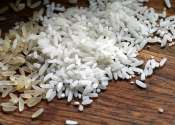Retaining flavor while removing caffeine—a chemist explains the chemistry behind decaf coffee
For many people, the aroma of freshly brewed coffee is the start of a great day. But caffeine can cause headaches and jitters in others. That's why many people reach for a decaffeinated cup instead.









